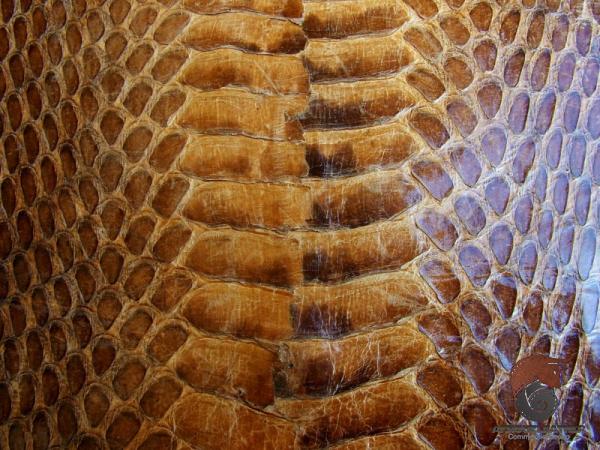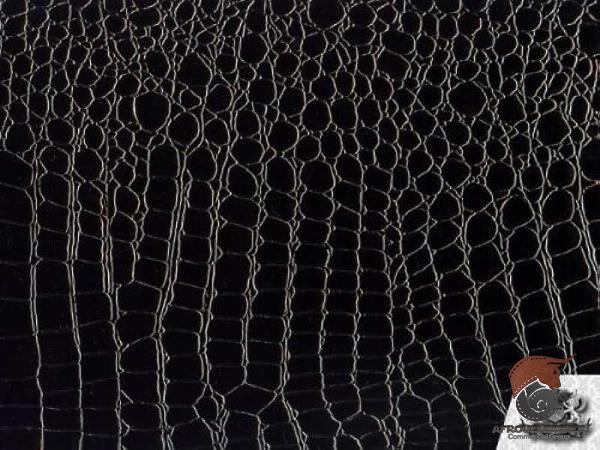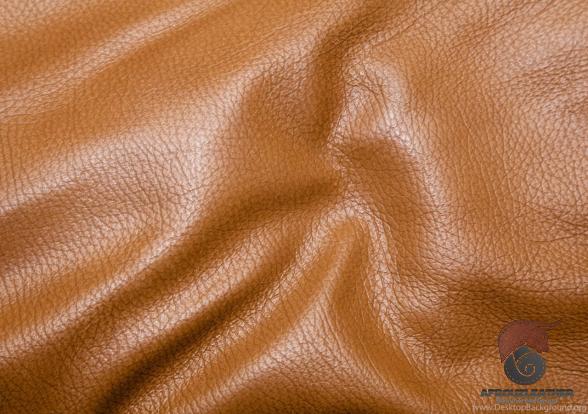When it comes to luxury leather goods, there are several animal skins to choose from. Among the most popular options are ostrich leather and cow leather. Both are known for their durability, versatility, and luxurious appearance. In this article, we will delve into the unique characteristics of ostrich leather and cow leather, exploring their differences and benefits. By understanding these distinctions, consumers can make informed decisions when purchasing leather products. 1. Durability and Strength: One of the key factors to consider when choosing leather is its durability. Ostrich leather is reputed to be one of the strongest and most durable leathers available. Its unique quill pattern, formed by raised nodules on the hide, makes it resistant to cracking and tearing. Cow leather, on the other hand, is also durable and widely used in a variety of leather products. It offers excellent strength and resistance to wear and tear, especially when it is full-grain or top-grain leather.
leather
 2. Appearance and Texture: Ostrich leather is renowned for its distinct appearance, marked by its signature quill patterns. These raised nodules provide a visually striking texture that sets ostrich leather apart from other types of leather. Furthermore, the quill patterns create a natural shine, enhancing the leather’s appearance. Cow leather, while lacking this unique pattern, offers a wide range of textures depending on the type of leather and finishing techniques. It can be smooth, pebbled, or even grainy, adding versatility to the appearance of cow leather products. 3. Softness and Comfort: In terms of softness and comfort, ostrich leather excels. It tends to be softer and more supple compared to cow leather, making it comfortable to wear and use. Additionally, ostrich leather has natural oils that keep it soft and prevent it from drying out, increasing its longevity. Cow leather, however, can also be comfortable, depending on the specific type and the tanning process used. Some cow leather products may require a break-in period to reach optimal comfort, while others are naturally soft from the start. 4. Weight and Flexibility: Ostrich leather is notably lighter than cow leather, primarily due to the fact that the quills are hollow.
2. Appearance and Texture: Ostrich leather is renowned for its distinct appearance, marked by its signature quill patterns. These raised nodules provide a visually striking texture that sets ostrich leather apart from other types of leather. Furthermore, the quill patterns create a natural shine, enhancing the leather’s appearance. Cow leather, while lacking this unique pattern, offers a wide range of textures depending on the type of leather and finishing techniques. It can be smooth, pebbled, or even grainy, adding versatility to the appearance of cow leather products. 3. Softness and Comfort: In terms of softness and comfort, ostrich leather excels. It tends to be softer and more supple compared to cow leather, making it comfortable to wear and use. Additionally, ostrich leather has natural oils that keep it soft and prevent it from drying out, increasing its longevity. Cow leather, however, can also be comfortable, depending on the specific type and the tanning process used. Some cow leather products may require a break-in period to reach optimal comfort, while others are naturally soft from the start. 4. Weight and Flexibility: Ostrich leather is notably lighter than cow leather, primarily due to the fact that the quills are hollow.
Specifications of leather
 This makes it more comfortable to wear for extended periods and reduces strain on the body. Cow leather, on the other hand, is denser and heavier, which may affect the overall comfort and flexibility of leather products made from cowhide. It is important to note that while ostrich leather is lighter, it remains highly durable and suitable for everyday use. 5. Availability and Sustainability: Cow leather is widely available and abundant, as the global cattle industry is designed to meet the demands of the leather market. With a large supply, cow leather is generally more affordable than ostrich leather. On the other hand, ostrich leather is relatively rare and considered a luxury material. Ostriches are primarily farmed for their meat and feathers, with the leather being a byproduct. However, ostrich leather production is considered sustainable, as these farms often adhere to strict ethical and environmental practices. 6. Versatility and Application: Both ostrich leather and cow leather offer versatile applications. Ostrich leather’s unique appearance and durability make it ideal for high-end fashion accessories such as handbags, wallets, belts, and shoes. Its distinctive texture often adds a luxurious touch to these products. Cow leather, on the other hand, is widely used in various industries, including fashion, furniture, and automotive. It is a popular choice for jackets, upholstery, footwear, and even sporting goods.
This makes it more comfortable to wear for extended periods and reduces strain on the body. Cow leather, on the other hand, is denser and heavier, which may affect the overall comfort and flexibility of leather products made from cowhide. It is important to note that while ostrich leather is lighter, it remains highly durable and suitable for everyday use. 5. Availability and Sustainability: Cow leather is widely available and abundant, as the global cattle industry is designed to meet the demands of the leather market. With a large supply, cow leather is generally more affordable than ostrich leather. On the other hand, ostrich leather is relatively rare and considered a luxury material. Ostriches are primarily farmed for their meat and feathers, with the leather being a byproduct. However, ostrich leather production is considered sustainable, as these farms often adhere to strict ethical and environmental practices. 6. Versatility and Application: Both ostrich leather and cow leather offer versatile applications. Ostrich leather’s unique appearance and durability make it ideal for high-end fashion accessories such as handbags, wallets, belts, and shoes. Its distinctive texture often adds a luxurious touch to these products. Cow leather, on the other hand, is widely used in various industries, including fashion, furniture, and automotive. It is a popular choice for jackets, upholstery, footwear, and even sporting goods.
buy leather
 7. Care and Maintenance: Proper care and maintenance are crucial for extending the life of leather products. Ostrich leather requires relatively low maintenance due to its natural oils. Regular cleaning and conditioning can help preserve its softness and appearance. Cow leather, depending on the type, may require occasional conditioning to prevent drying and cracking. Both leathers should be stored in a cool, dry place away from direct sunlight and excessive moisture. Conclusion: Choosing between ostrich leather and cow leather ultimately depends on personal preference, budget, and the intended use of the leather product. Ostrich leather stands out for its unique appearance and softness, while cow leather offers a wider range of textures and affordability. Both leathers have their merits in terms of durability, versatility, and application. By understanding the differences and benefits of ostrich and cow leather, consumers can make informed decisions when investing in high-quality leather goods.
7. Care and Maintenance: Proper care and maintenance are crucial for extending the life of leather products. Ostrich leather requires relatively low maintenance due to its natural oils. Regular cleaning and conditioning can help preserve its softness and appearance. Cow leather, depending on the type, may require occasional conditioning to prevent drying and cracking. Both leathers should be stored in a cool, dry place away from direct sunlight and excessive moisture. Conclusion: Choosing between ostrich leather and cow leather ultimately depends on personal preference, budget, and the intended use of the leather product. Ostrich leather stands out for its unique appearance and softness, while cow leather offers a wider range of textures and affordability. Both leathers have their merits in terms of durability, versatility, and application. By understanding the differences and benefits of ostrich and cow leather, consumers can make informed decisions when investing in high-quality leather goods.

Your comment submitted.